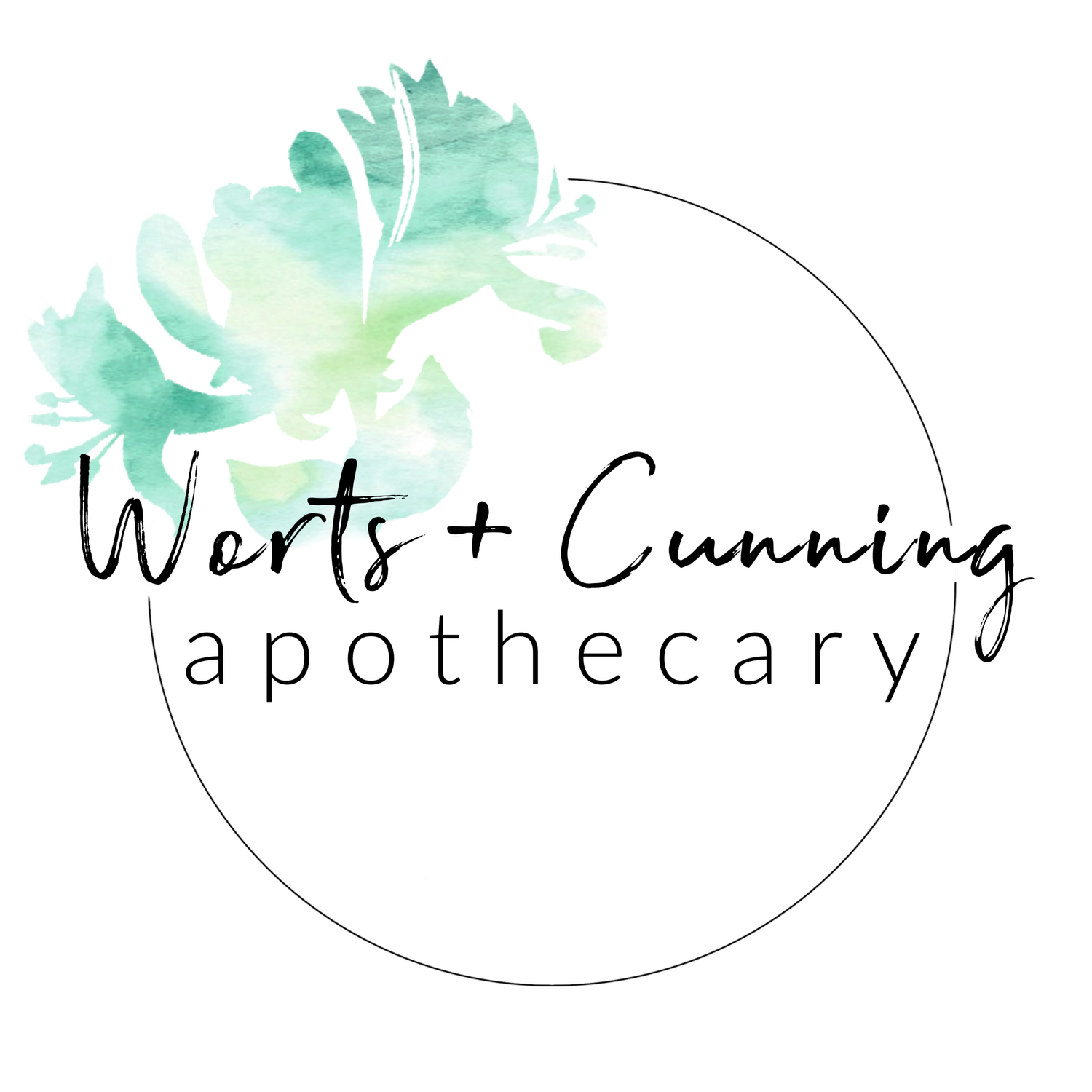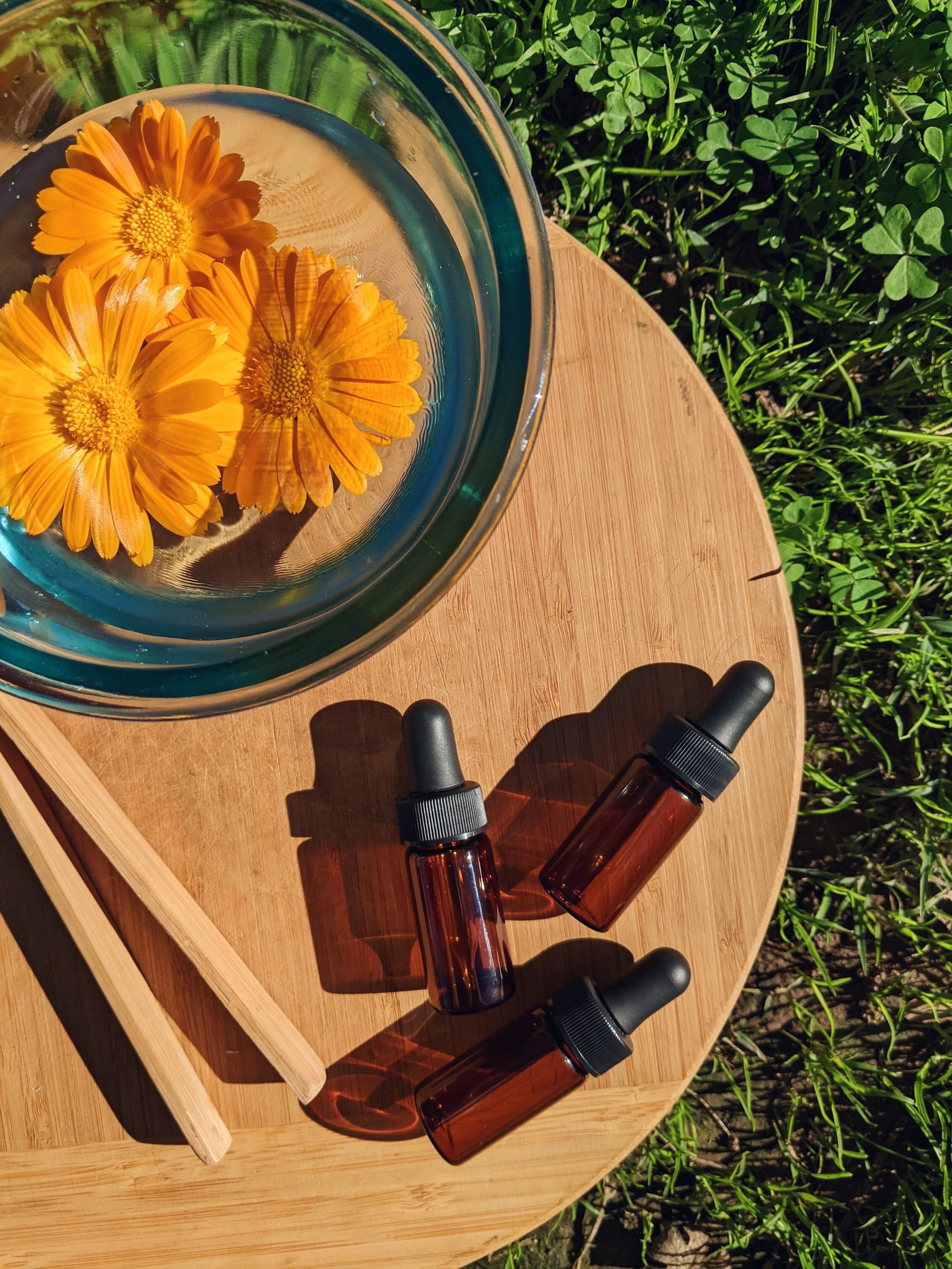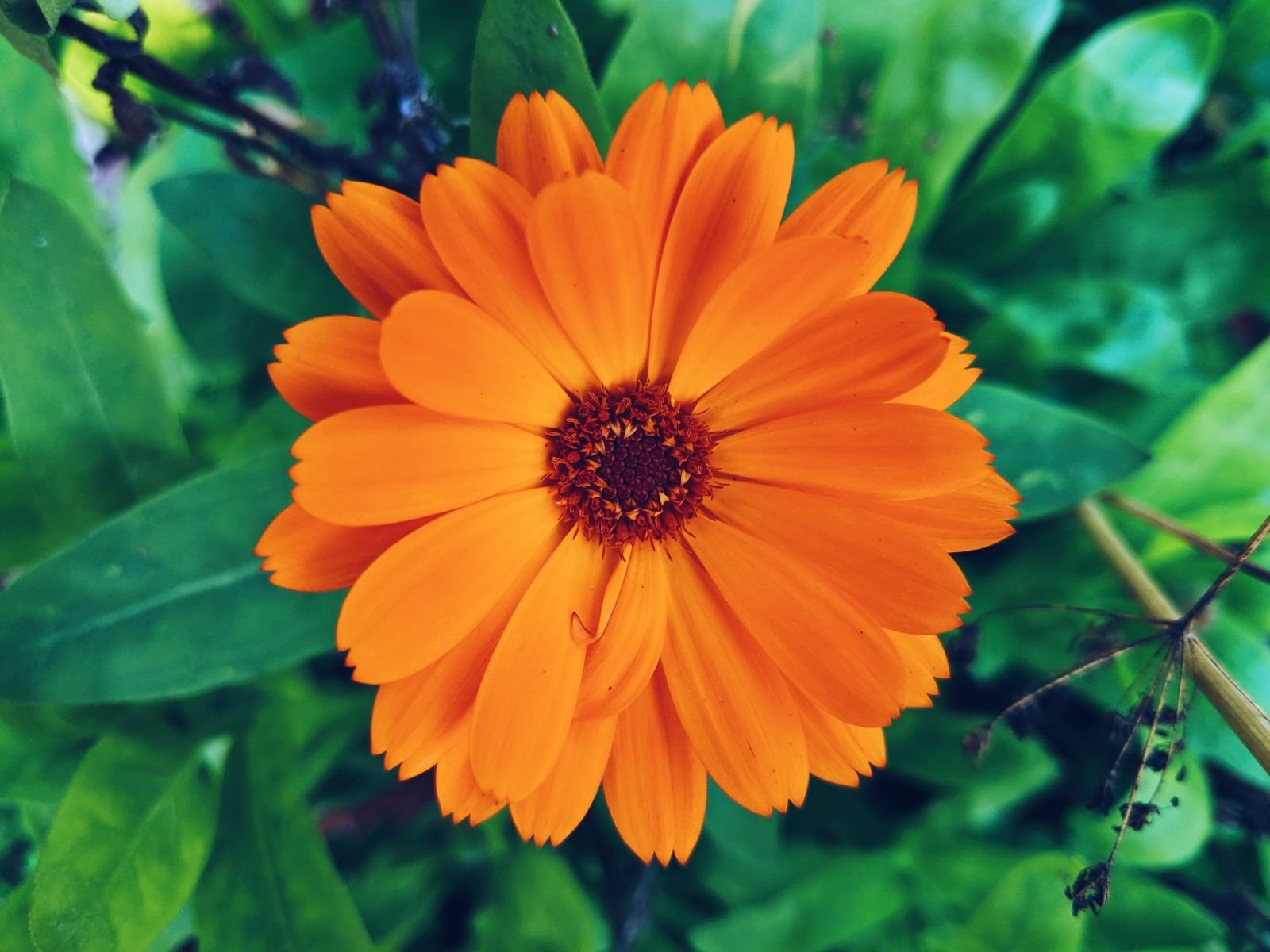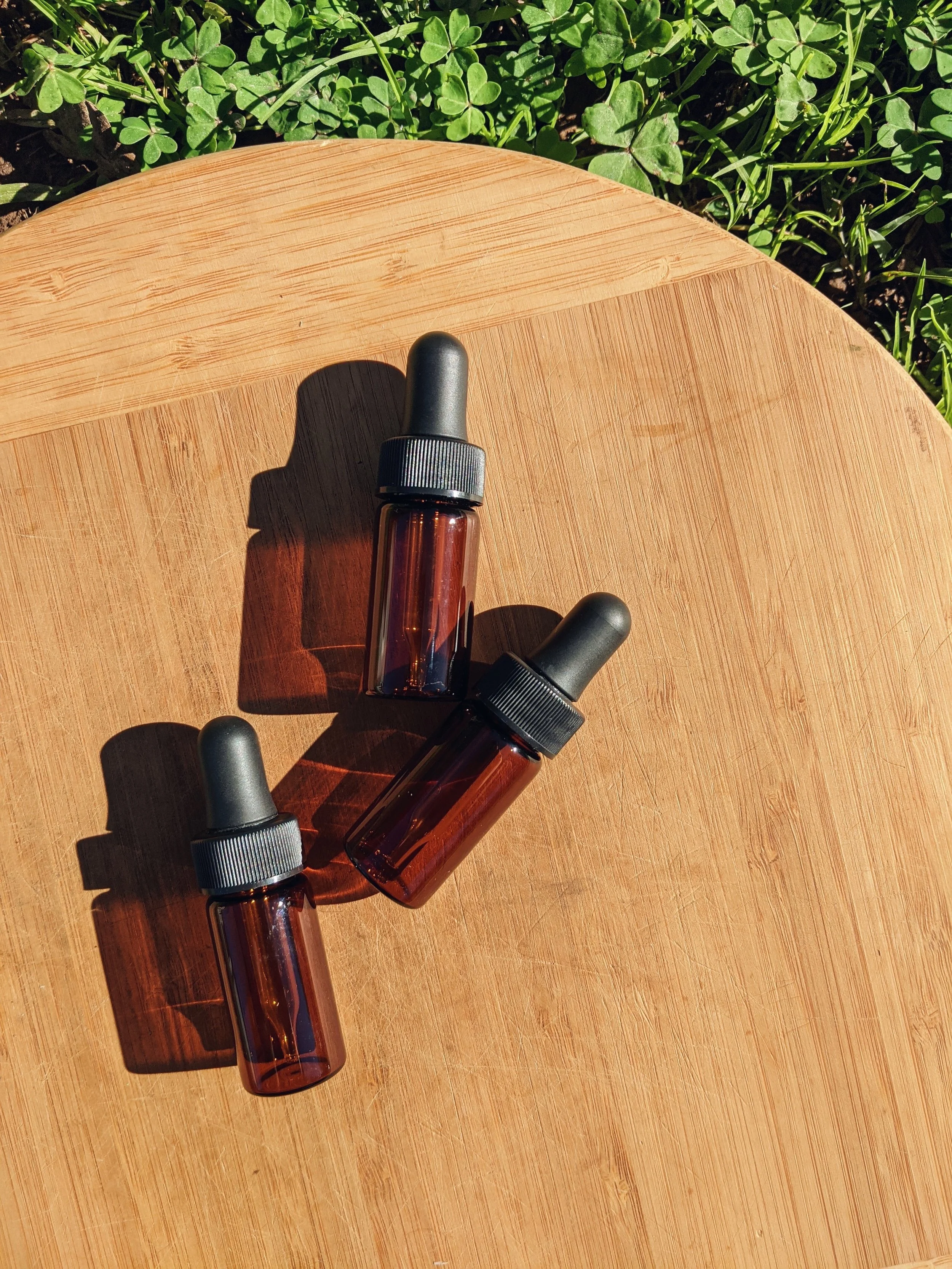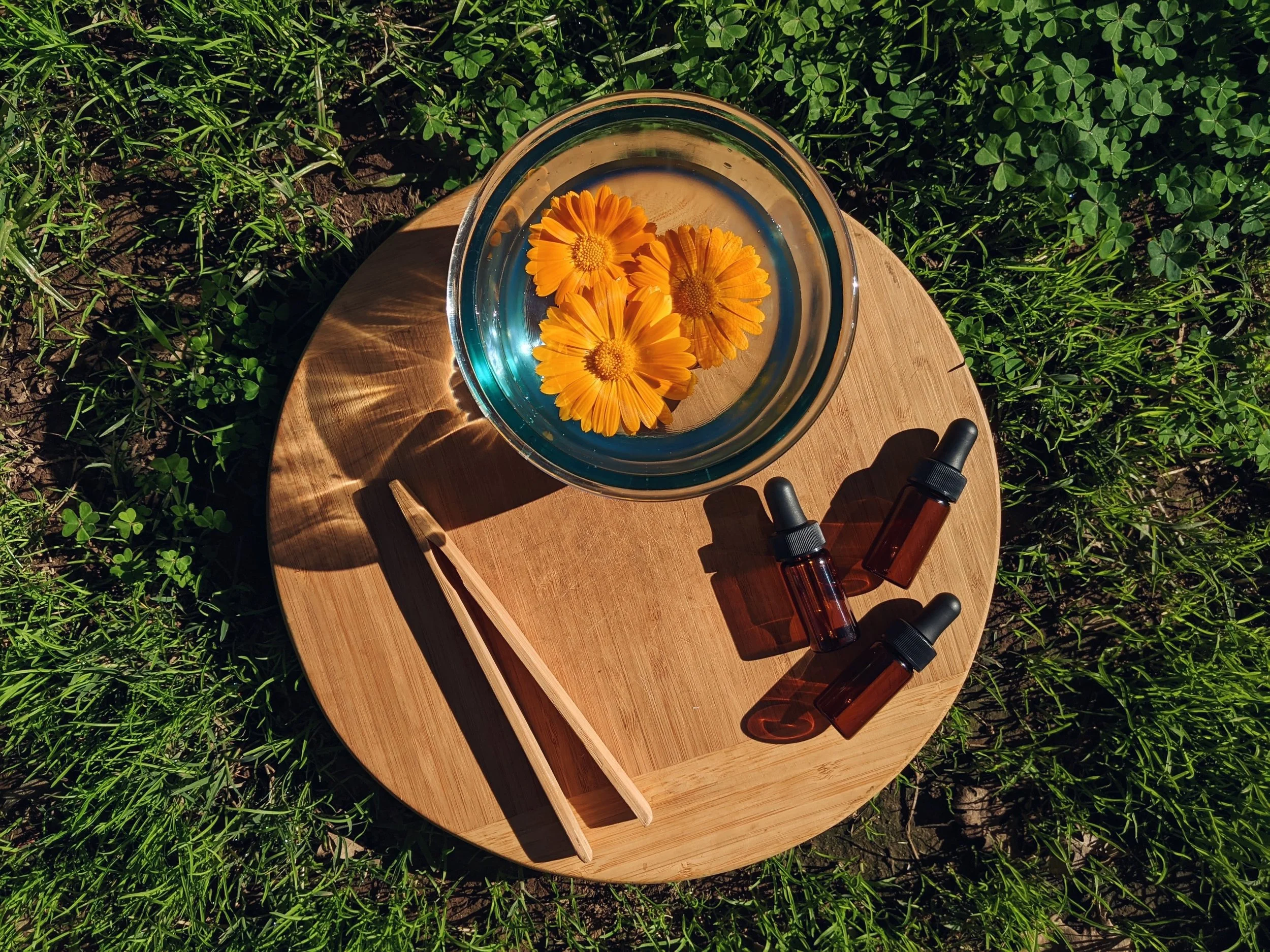Make Your Own Flower Essences
One of my favorite healing modalities to use in my practice are flower essences. They are a vibrational form of energy medicine that works primarily on the emotional body. Flower Essences do not contain any plant material and are not herbal extracts (i.e. herbal tinctures or glycerites that are a potent form of herbal medicine) but instead help us to connect with the energetic quality of a flowering plant. There is no plant or stone material within the essences, only the energetic imprint. If you choose an essence that is not meant for you, it will not affect you. However, if you choose an essence that does fit your needs, it can be transformative.
Various forms of flower essences have been around for a long time, but the modern tradition of Flower Essences in western herbalism emerged in the 1930s through the work of English physician Dr. Edward Bach. He wanted to create a form of healing medicine that was inherently harmless and very easy to understand and use. Dr. Bach recognized that much of disease was caused by stress generated from emotional distress and that there was a healing that occurred when a client could recognize themselves in the remedy being offered (as opposed to feeling lost in unnecessarily medicalized jargon that created a schism between the body and its feelings). Some of you may have already heard of Rescue Remedy which is Bach's most well-known Flower Essence and helps to support a person's recovery from shock and trauma. Bach created 38 essences in total and many other folks have followed in his footsteps leading to the modern renaissance of essence making
Flower essences are fun and easy to make, using inexpensive ingredients, and the process encourages you to slow down and connect directly with plant spirits. For the modern tradition started by Dr. Edward Bach there are two primary methods (the sun and boiling methods), but nowadays you'll see a wide range of methods in use by folks who are continuing to experiment and play with the practice. I have described the way that I was taught to make essences which (as far as I've been able to parse out from the lineages of the teachers who taught me including Dori Midnight, Deb Soule, and the written works of Edward Bach) combines Bach, Flower Essence Society, and queer feminist witchfolk methods.
While I completely encourage you to get out there and start making essences on your own, if you do have the chance to sit in community and in communion with a teacher and classmates, it's an incredible experience.
The process of making essences is simple - it is primarily a meditative act of paying attention to the plant spirits, the environment, and slowing down enough to listen with your whole self. I've listed out my process below and at the end included notes on flower essences and standard dosage. I hope you feel inspired to create your own essence after reading this tutorial and participate in the beautiful culture and community of flower essence collaborators (because it really is a collaboration between person and plant).
How To Make Flower Essences
Gather together supplies. For flower essence making you'll need:
A clear glass bowl or jar
A pair of wooden tongs or fine mesh strainer
Spring water
A funnel is useful
Coffee filter
A clean (preferably new) bottle to store your essence
Preservative of choice
For my essence making bowl, I use an old, thick glass jar that used to house a candle - it is a tool in my practice that is used exclusively for essence making. If wooden tongs are difficult because of issues with dexterity, you can use a fine mesh strainer to scoop out the plant material. The uses for these tools will be explained in the essence making process below.
Begin with the breath. Before I even choose an essence to make and when to make it, I allow myself to come into a meditative state. The physical act of making flower essences is simple, the complexity of this form of remedy-making comes from the focus and intention of the practitioner in communion with plant spirits. For me, it means that I begin the process of making flower essences by returning to my breath and checking in to see if I'm in a place energetically and emotionally to be making essences. If the path feels clear, I proceed with the next step. And if it doesn't? I pause, I wait, I come back to the work another day, and that's ok.
Choose the flowers to make an essence with. Like much of herbal medicine making, making essences is a seasonal craft and asks us to be aware of and sensitive to the growing world around us. Knowing when it is time and with what plant to make essences with is a bit practical (the Roses will be blooming in May) and a bit intuitive (ah, I hear Rose song - it's time to make an essence). I'll get an idea for making an essence, but sometimes the message I receive back when sitting with the plants is that I need to wait. The timing of making essences isn't about what works for my schedule but being in partnership with the plant spirits. I trust the process, knowing that'll all come together eventually, returning to my breath again and again so that I'll be ready to flow with the work when the moment arrives.
One note about choosing flowers to work with and researching them ahead of time. Personally, I prefer not to read up about what others have written about an essence before I make my own. Of course, I read about essences all the time so this isn't always possible, but instead of doing a deep dive into research like I would do for an herbal remedy I'm making, I instead strive for a state of curiosity and open-mindedness to learn directly from the plant when making a new essence. After I make an essence and have written my own initial notes about it (more on that below), I love diving into the words of others about that plant.
Pay attention to the weather. While I can prepare all I like, one of the conditions which is out of my control is the ideal weather conditions for essence making. Here is where you'll most often find variation in essence making practices, mostly with folks being a lot more lax about weather conditions than I was taught (which is completely fine!). I find the observation of and waiting for the ideal weather to be part of the mindfulness of connecting with the plant world and is an essential part of essence making. I make essences on cloudless, sunny days or at least those conditions for the time that I'm essence making so that no shadow will pass over the bowl of essence water during the process (more on this in a minute). On rare occasions I make lunar essences under the light of the Full Moon.
Approach the plant spirits. I always approach the plant from which I hope to make an essence with reverence. For me that is breath and song along with simple offerings of water. I state my intention and I ask to be able to pick their flowers, always waiting for a response before proceeding. How you approach the plant spirits will look different, but it's an important step in continuing to make the energetic connection with the plant you are making essences with. Once I've received permission from the plant spirit, I move on to making the essence.
Set up your bowl. Fill your bowl with spring water and place it in such a way that no shadow, including your own will pass over it. Once I place water in the bowl I begin to be very mindful of my movements so that my shadow does not pass over the water. I was taught that the water at this time easily absorbs energy, including the transfer of energy from my body through my shadow. On a more mundane note, it's a practice in mindfulness, especially in group essence making situations, to be aware of where you are in relation to the essence.
Add flowers to the bowl. Now it is time to add whole flowers to the bowl. Here is another place of differentiation that I see with other instructions I've seen for making flower essences. I was taught to use only a few flowers (and in my case either three, six or nine flowers total) in the bowl, whereas other practitioners will completely cover the surface of the water with flowers. Be guided by the plants on this and be mindful to not take more than you need. Aesthetically it can be beautiful to fill a bowl with flowers, and sometimes that is the path to take, but often energetically you only need a few flowers.
I use wooden tongs to add flowers to the bowl so that I don't touch the flowers with my skin and mingle my energies with theirs before placing them in the bowl of water. If you don't have wooden tongs you can use a leaf pinched between your fingers and the flower so that your skin is not touching the flower as you pick them. Again, this is a practice in slowness and mindfulness that I find to be so beautiful with flower essence making.
Some practitioners don't even pick flowers, especially if a flower is rare or there are too few of them, and hold the bowl of water up to the flower, letting the flower rest on the surface of the water for a period of time. Though I haven't tried this myself, I think that this could be a really beautiful approach to essence making.
Be still and connect. Once the flowers are in the bowl of water it's time to let the essence brew. I was taught to be in meditation with the plants during this time, listening for stories they might offer about the essence that was being brewed and the healing qualities that it possessed. Instead of a set time of energetic infusion, I was taught to be plant-led to know when it was time to strain the essence. I write down what comes through from the plants at this point so I don't forget what can seem so clear in the moment but hazy upon reflection later.
Offer the flowers back to the earth. Once the essence is done brewing it is time to offer the flowers back to the earth. I do this by picking them out one by one from the water with my tongs and laying them at the base of the plant. I do not let my shadow pass over the water until all the flowers are removed at which point the brewing process is done. I like to arrange the spent flowers in a way that feels pleasing to the eye. An offering of beauty can be a powerful one when making flower essences and it can be a really beautiful process when making essences in community to have everyone participate in the creation of a spent flower altar.
Filter and preserve. I set up my coffee filter in my funnel and add the essence water to my bottle. I'll add in my preservative of choice at this point (typically organic vodka, but that's just because it was a preference of one of my teachers; many essences are made with brandy) at a ratio of 75% preservative to 25% water. You can use non-alcoholic preservatives (like glycerin or vinegar) but these are less shelf-stable and I've personally not had a lot of luck keeping essences not preserved with alcohol from going off. This bottle is known as the Mother bottle and will be the source for the Stock and Dosage bottles you use of the essence.
Offer gratitude and thanks. End your flower essence making session with gratitude and thanks to the plant spirits for their help. I add any leftover water from the essence making process back to the plant. At this point I'll ingest a few drops of the newly made essence - this is always a special moment and I find it to help ground and center me after this meditative medicine making process.
Flower Essence Dosage Guidelines
What you've just learned is how to make a Mother Bottle which is the essence that you'll make Stock bottles from. Here is where the connection to homeopathy shows up with modern essence making (Dr. Edward Bach was a physician and a homeopath), as dilution is considered potentizing to an essence and a necessary part of remedy.
Most essences who find in stores or being sold online, including the Bach Flower Essences and Flower Essence Society essences, and sold as "stock" bottles. You're meant to create a dosage bottle from these stock bottles which means that those small bottles have quite a long shelf life. A dosage bottle typically lasts for one month, but that can vary depending on need and use.
To create a stock bottle: Take a one-ounce glass dropper bottle and blend together water with a preservative of choice (i.e. vinegar, alcohol or glycerin). You want to add 50% water to 50% preservative. Into this bottle add 1 to 3 drops of essence from the Mother bottle. Now you've made a stock essence that you can create dosage bottles from.
To create a dosage bottle: Take a one-ounce glass dropper bottle and blend together water with a preservative of choice (i.e. vinegar, alcohol or glycerin). You're looking to create a rough ratio of 75% water to 25% preservative. You can also use only water and simply keep the bottle in the fridge. I like using spring water because that was the wisdom that was passed down to me, but any water will do. To this bottle you want to add 1 - 3 drops of essence from your stock bottle(s).
Standard dosage for flower essences is 1 - 3 drops directly under the tongue or in a small amount of water up to three times daily. What I recommend for your personal rescue remedy is to follow the standard dosage and take 1 - 3 drops during acute moments of stress. Taken this way, dosage bottles typically last for a month. I like to use an essence for at least one cycle of the Moon and then check-in with myself to see if I should continue using the essence, pause, make adjustments to a blend or move on to another essence. Reflecting on your journey with an essence or blend after a month's time is an important part of working with flower essences, so I highly recommend it.
A Few Magickal Variations for Making Essences
You can make essences under the light of the Full Moon using the same methods described above. This can be especially potent with night-blossoming flowers and flowers with strong lunar associations.
Use Moon-charged water for the base for an essence.
Time your essence making to astrological events (i.e. during conjunctions, planetary hours, and so on).
Build an altar or nature mandala for your essences to brew on.
Make essences in crystal bowls (like a rose quartz or jade bowl), wood bowls, or with quartz crystal in the bowl. These will all interact with your essence in interesting ways.
Charge your essence with sound while brewing. Songs, singing bowls, monochords, drums, flutes, guitars or whatever instrument you play can be used to create a soundscape for an essence to brew in and also as an offering to the plant spirits.
🌻
Do you make flower essences? Or use them in your practice? Not all herbalists do though I feel like most western herbalists will have at least some exposure to them in their training. I always enjoy being in a room of plant folk who suddenly start pulling out the essence bottles they keep on their person (there’s always at least one and, ok, I’m often that one) and start to share the magickal story of how these flowers have brought them healing and inspiration.
And maybe that’s what I love most about flower essences - storytelling and the communion between people and plants are inherent in their making and taking. So here’s to the more magickal of remedies in our practices and the stories they bring.
May you find yourself in a field of flower stories and find some healing and comfort there.
This post was made possible through patron support.
❤︎ Thanks, friends. ❤︎
